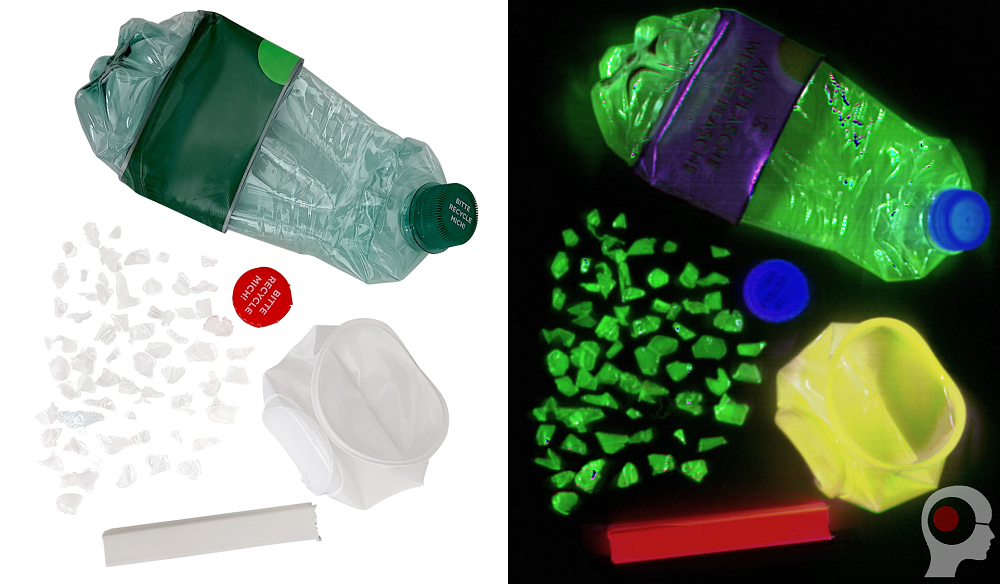circular economy - highly accurate polymer detection

circular economy - highly accurate polymer detection.
"Recyclate" is a raw material that went through a recycling process to use it in the production of new materials and products (e.g. PET bottles can be made into PET pellets/flakes or synthetic fabrics). The quality of recyclates is one of the main challenges for the success of a green economy and achieving zero waste. It generally refers to how much of it is composed of target material, versus non-target material and other non-recyclable material. The quality of recyclate not only supports high-quality recycling, but it can also deliver significant environmental benefits and support economic growth by maximizing the value of waste material. Non-target and non-recyclable wastes in recycling collections can affect the quality of final recyclate streams, and require extra efforts to discard those materials at later stages in the recycling process. Despite improvements in technology and quality of recyclate, sorting facilities are still not 100% effective in separating materials.
In this example, Chemical Sensing is used to differentiate non-target materials (PE bottle caps, a piece of PVC, a PP cup and the bottle's label) from a PET bottle and PET flakes. The left image shows the materials as they are. And the right image shows the Chemical Sensing result.
Chemical Sensing uses hyperspectral imaging technology and spectroscopic analysis and modelling algorithms to portrait chemical/molecular properties as colours in an image (see Wikipedia(1) for a brief introduction to hyperspectral imaging or Karaca(2) for a more focused review of hyperspectral imaging in respect to recycling). The spectra of the plastics can be distinguished by the presence of strong methyl group bands between 1000 nm and 1700 nm (Serranti(3)). The images were recorded using the measurement system Perception HEAD Model 2 and analysis and modelling were done using Perception STUDIO.
In the Chemical Sensing image a PET bottle and PET flakes are depicted in green, PE bottle caps are depicted in in blue, a piece of PVC is depicted in red, a PP cup is depicted in yellow and the bottle's label is depicted in purple. This clearly shows the non-destructive detection of non-target material in the production line offered by Chemical Sensing, which will result in higher quality recyclate.
(1) https://en.wikipedia.org/wiki/Hyperspectral_imaging
(2) Karaca, Ali Can & Erturk, Alp & Güllü, M. & Elmas, mu & Erturk, Sarp. (2013). Automatic waste sorting using shortwave infrared hyperspectral imaging system. 10.1109/WHISPERS.2013.8080744
(3) Serranti, Silvia & Bonifazi, Giuseppe. (2010). Post-Consumer Polyolefins (PP-PE) Recognition by Combined Spectroscopic Sensing Techniques. The Open Waste Management Journal. 310. 35-45. 10.2174/1876400201003010035
Article written by: Christoph Miksits, Senior Application Engineer


